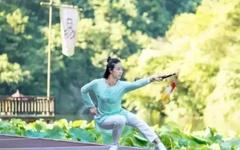Tai Chi is an excellent method for health maintenance. As people’s awareness of health improves, many have joined the ranks of Tai Chi practitioners. So how can one practice Tai Chi effectively? Are your methods of practicing Tai Chi correct?
Five Essential Points that must be understood when practicing Tai Chi
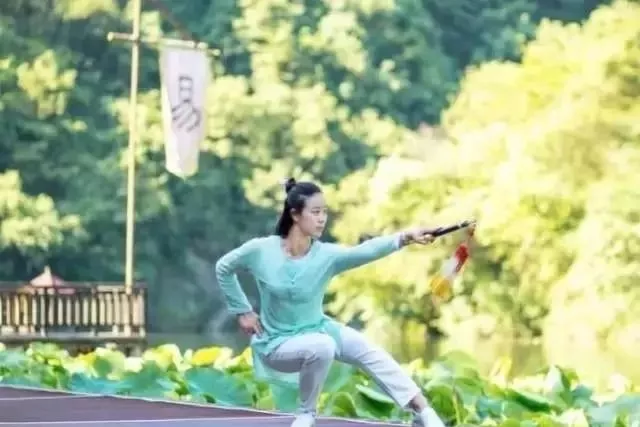
First: Grasp the Core and Understand the Characteristics

1. Relaxed and Gentle: The posture should be stable and expansive, with movements that are gentle.
2. Continuous and Even: The entire set of movements from the beginning to the end should be closely connected, without obvious pauses, with the body’s center of gravity moving along a parallel line in all directions.
3. Round and Natural: The arm movements during Tai Chi should have a curved shape.
4. Coordinated and Complete: The entire set of movements should have the upper (hands) and lower (feet) parts following each other, with the internal (intention, breathing) and external (torso, limbs) being unified, using the waist as the axis, naturally driving the limbs with waist strength.
5. Combining Hard and Soft: Movements should be both light and stable, gentle yet powerful.
Second: Mindfulness in Practice

During learning, it is essential to maintain inner tranquility and find a sense of interaction with the teacher. Engaging in conversation or watching others while practicing is ineffective. Lack of concentration and an unsettled mind will hinder the learning of Tai Chi.
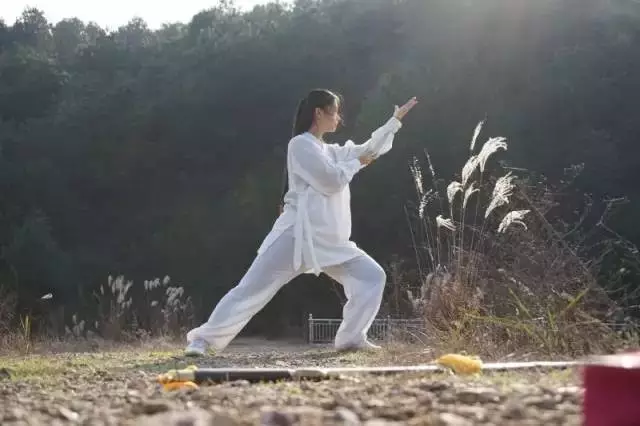
Third: Warm-Up Activities

A qualified teacher will have a standardized warm-up routine that takes about 30 minutes. This routine incorporates general theories and methods from modern exercise while emphasizing the characteristics of Tai Chi. It starts with gentle movements for the cervical spine, avoiding rapid neck rotations to prevent cervical artery syndrome (dizziness or even falls).
The shoulder joints are the most versatile joints in our body, but lifestyle and aging have led to a decline in many directions of movement. Therefore, shoulder movements should be fully extended and held for a few seconds. As upper limb muscle activities begin, the heart rate should increase slightly, and the body should start to warm up. Then, the lumbar spine should rotate slowly from side to side, followed by the hip and knee joints rotating and stretching. Finally, larger movements for the limbs and the whole body should be performed to ensure that the muscles and ligaments are warmed up to prevent injuries during practice.
Fourth: Movements in Place

Each fixed posture should be executed according to the teacher’s requirements, ensuring that the movements are in place before understanding the transitions between postures. Unlike simple calisthenics, the learning process for Tai Chi is much longer; for example, the simplified 24 forms of Tai Chi may take at least two months to perform correctly, and mastering the essence requires long-term practice.
The great way is simple, formless, and unachievable. This represents a high state of naturalness, simplicity, and returning to one’s true self. In this state of tranquility and selflessness, without seeking to enhance skills, one’s abilities naturally improve; without seeking to heal, the body and mind naturally adjust; without seeking functionality, functionality naturally manifests; without pursuing the small and large circulations, the hundred meridians naturally flow. The deepest truths are the simplest and most ordinary truths. Transforming the most complex into the simplest is the highest wisdom. The greatest individuals appear noble simply because they are simple.
The great way is simple, and life is also simple. Enlightenment makes the profound simple, and simplicity makes it profound. From seeing mountains as mountains to seeing mountains as mountains again, the realm is different. From simplicity to complexity, and then from complexity back to simplicity is sublimation. The meaning of life lies in simplicity; when a person cultivates to a certain level, they will become indifferent to many things and embrace simplicity. You can understand others, but others may not understand you. In fact, understanding is not as important as recognition.
Excellence in heart, simplicity in form. Questioning the soul is the ultimate human issue. Simplicity is not only a form of beauty but also a capability and a state. Seeing through without revealing, high realms; seeing vaguely, heart transparent; transparency without transparency, knowing the unknown, intentionally not seeing through is true clarity; knowing that worldly matters cannot be seen through is clarity. The clarity after confusion, the understanding after misunderstanding, and the rare confusion is the true realm.
“The great way is simple” is the wisdom of being human. To do things, one must simplify complex matters, which requires wisdom. Returning complicated matters to simplicity requires wisdom, ability, and determination. Wise individuals prefer the great way of simplicity; therefore, one should not chase after fame and profit, nor be burdened by reputation and wealth. Indifference clarifies one’s aspirations, tranquility leads to far-reaching goals. We should live simply and work diligently, using wisdom to simplify the difficult.
For the sake of fame and profit, one should cast aside praise and blame, pure as the innocence of childhood, simple as the fertile land cultivated by ancestors. Only those with a calm heart can see the leisurely scene of “the setting sun shining on the village, cattle and sheep returning home” and hear the heavenly sounds of “the autumn breeze carrying the scent of lotus, bamboo dew dripping with a clear sound,” and feel the emptiness of “the empty mountain with no one in sight, only the sound of human voices.” Tao Yuanming was such a person, which is why he could compose the famous line “Picking chrysanthemums by the eastern fence, I leisurely see the southern mountain.” Ouyang Xiu was also such a person, which is why he could write “The Drunken Old Man’s Pavilion” with ease even during his exile.
The great way is simple, and life is also simple. Simplicity is not material poverty but spiritual freedom; simplicity is not life’s emptiness but the purity of the soul. The great way is simple, and the highest principles are often the most straightforward. One must learn to live simply, lead a simple life, and act simply, letting go of selfish thoughts and desires, transcending the cage of self-will, and truly forgetting one’s thoughts and consciousness, entering a state of selflessness and forgetting the world.
Life’s complexity arises from confusion; with “benevolence” resisting temptation and “wisdom” resolving confusion. Not being confused is the mark of transitioning from complexity to simplicity in life. Among the three thousand streams, I only take a sip; in the myriad forms of life, one must remain true to oneself. Rejoicing to forget worries, simplicity preserves truth, this is the “great way of simplicity” in life.
There is a story about the great way of simplicity and a peaceful heart: A traveler asked an old Taoist, “What did you do before enlightenment?” The old Taoist replied, “Chopping wood, carrying water, and cooking.” The traveler asked, “And after enlightenment?” The old Taoist replied, “Chopping wood, carrying water, and cooking.” The traveler asked again, “What does it mean to be enlightened?” The old Taoist replied, “Before enlightenment, while chopping wood, I thought about carrying water; while carrying water, I thought about cooking. After enlightenment, chopping wood is just chopping wood, carrying water is just carrying water, cooking is just cooking.” The dialogue between the old Taoist and the traveler enlightens us that many profound truths are contained in extremely simple thoughts.
The great way is simple, and life is easy. A thousand people have a thousand ways of living and paths in life. After traversing time and life, one has many feelings. Let go of everything, and be at ease; let go in the present moment, and be at ease. Many problems in life do not need to be held in the heart, and many burdens in life do not need to be shouldered. Only by letting go can one feel the joy of simple living and the exhilaration of a free spirit. To change certain things, one must first find oneself. We all have latent energy, which is easily covered by habits, obscured by time, and worn down by inertia. We should remember what needs to be remembered, forget what needs to be forgotten, change what can be changed, and accept what cannot be changed. We should face the past with the least regret, the present with the least waste, and the future with the most dreams.
The way of heaven and earth is simple and easy. Life is short; do not complicate everything, live simply. Once the grand play of life begins, no matter how nervous you are, you must perform until the end. The greatest challenge in the process of growth is that some paths can only be walked in silence. Happy work and simple living are the essence of a happy life. One must understand to be content and happy. All sorrow and pain, all things that cannot be given up, are merely transitions in life. Once you jump over them, you can become more splendid.
The best life is a simple life: a cup of tea, a table, a quiet place, plain days, and a mind free of distractions. However, a simple life requires tremendous effort to enjoy life without worries. Overall, life is perfect; the imperfection lies in the mindset. Those who do not know how to appreciate will turn everything into flaws through criticism. Live simply, act naturally, grasp the balance, and accept reality calmly; do not create trouble, do not fear trouble, do not regret, do not complain, and do not begrudge what you have done.
Life is a long struggle; some laugh at the beginning, while others win in the end. Try to smile, try to look back, relax yourself, do not force, do not be weak, do not be restless. Live simply, follow your heart, follow your nature, and be the best version of yourself. Be content, smile, and remain calm. Even if it is bitter and tiring, as long as you keep moving forward, your own scenery will eventually appear.
Whether life is easy or not depends on how you live. Circumstances depend on your mindset; when your mindset changes, your circumstances will change. The more you demand from life, the more tense and complicated you will become, making life harder. Conversely, the less you demand from life, the easier it is to be satisfied and happy. The mountains and rivers have no permanent owner; when you are free, you are the master. The great way is simple; live in the present, and contentment brings lasting joy.
Understanding enters the tranquil state of no desire, a heart like a bright moon, fully revealing the realm of tranquility; a calm heart naturally exudes grace and ease, holding the heart like water and smiling at life, revealing the charm of a tranquil heart. In this world, simplicity is the truest, silence is the most beautiful. The most enduring in life is not prosperity but simplicity, not noise but quiet joy. Maintain a childlike heart; when unhappy, freely share your troubles with friends; when happy, laugh heartily without restraint. Perhaps all worries will flow away in the sharing, and all tension will be released in laughter. Live simply like a child, live joyfully, and maintain the original ecology of the heart; everything is beautiful.
There is always a story in life that one wants to tell but finds it hard to start, gradually composing a melody in the heart. People are like this; what they cannot obtain they will always yearn for, and what they have lost will be felt as precious. So-called gains and losses, relationships, scenery, and way stations all gradually fade in the dust of time. Although letting go of some things is difficult, what does not belong to you will eventually drift away.
A person’s life is destined to experience much. On the road of the mundane world, there are bright laughs, tears of grievance, naive persistence, confident successes, and awakening failures. Every experience is precious. The richness of life comes from a compassionate heart, and the beauty of life comes from having a peaceful heart. A simple life brings ease and joy, and simple thoughts bring peace and tranquility. Because of simplicity, one deeply understands the lightness of life; because of simplicity, one perceives the stillness of the soul.
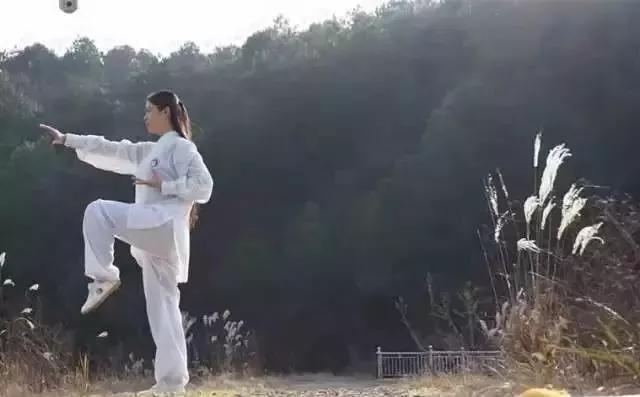
Fifth: Proper Horse Stance

Many people begin learning Tai Chi after middle age, and some quit due to knee pain. On one hand, the horse stance should not be too low, maintaining an angle of over 100 degrees, ensuring that the knees do not extend beyond the toes. It is also important to keep the feet (toes), knees, and elbows aligned, meaning the knees should be in line with the toes to avoid twisting and injuring the knee joints.

If there are any copyright issues, please contact the original author through the backend.The articles published are for learning reference only. Please practice under the guidance of a professional teacher.
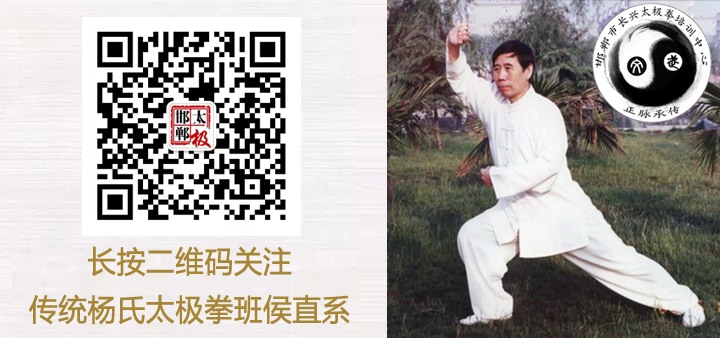
Official website: http://www.yunshuiwang.com



